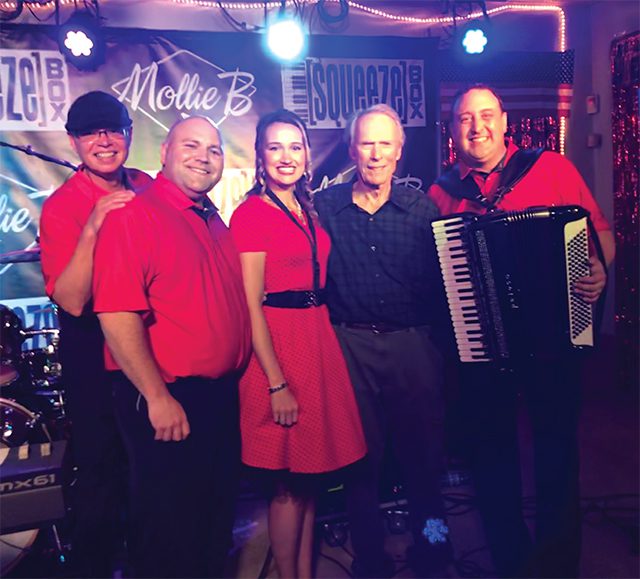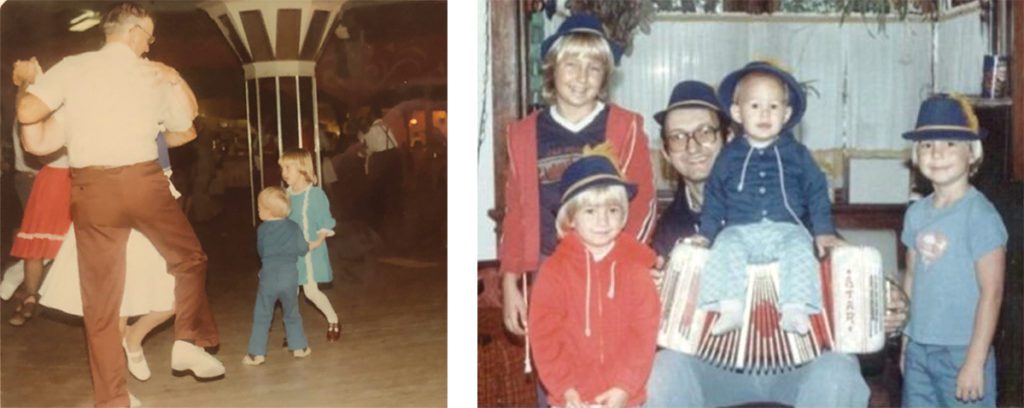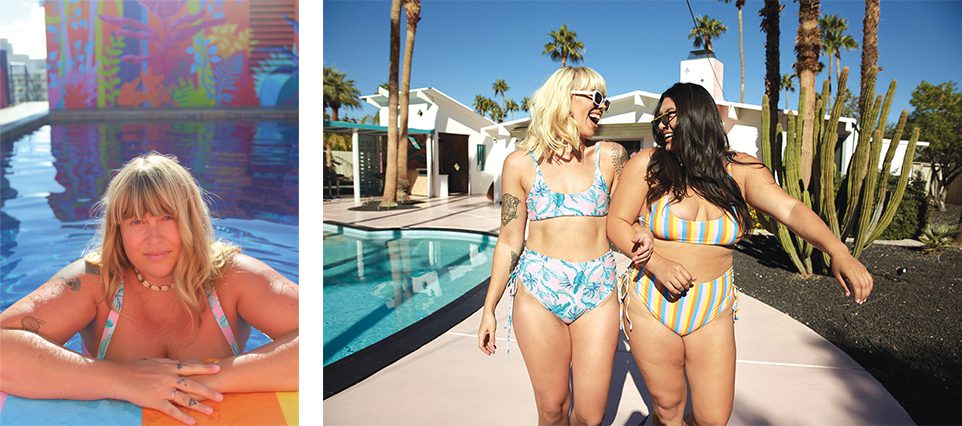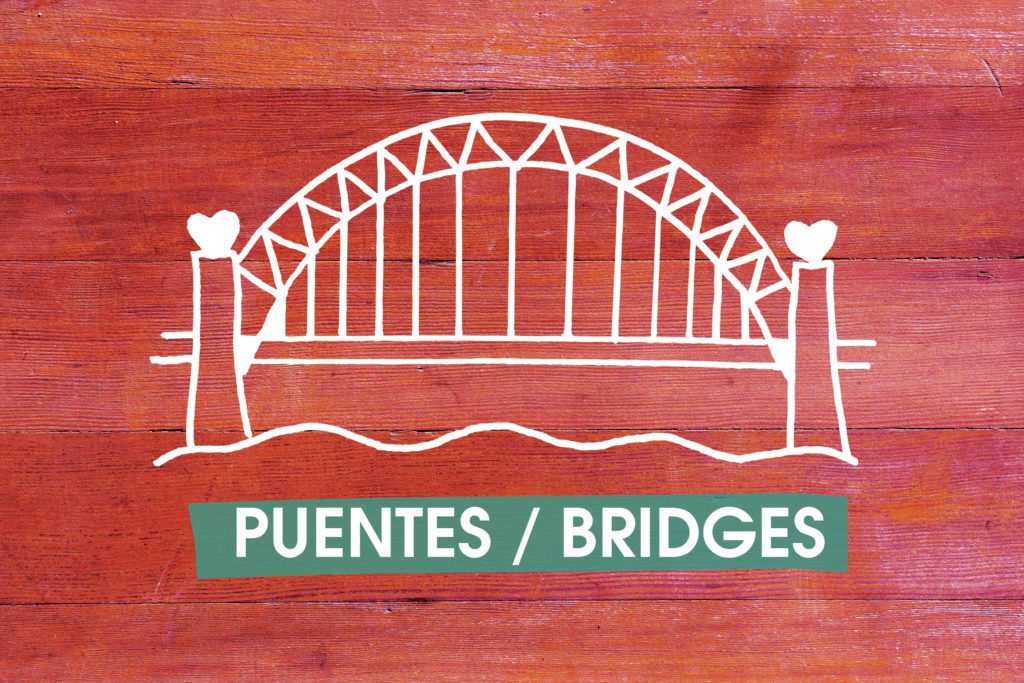
Building Cultural Bridges: How an area non-profit is helping Midwestern dairy farmers build relationships with their immigrant employees from Mexico.
BY MAGGIE SONNEK
As Mike and Kris Ingvalson pack their bags and prepare for a late-winter trip from the frigid Midwest to sunny Arizona, Mike isn’t worried about leaving his large dairy farm. He has seven workers who will make sure everything goes as planned.
“I have the best crew I’ve ever had working for me,” he says, speaking of his team of immigrant workers, all from one region in Mexico. “They take care of me. I never worry about the work getting done.”
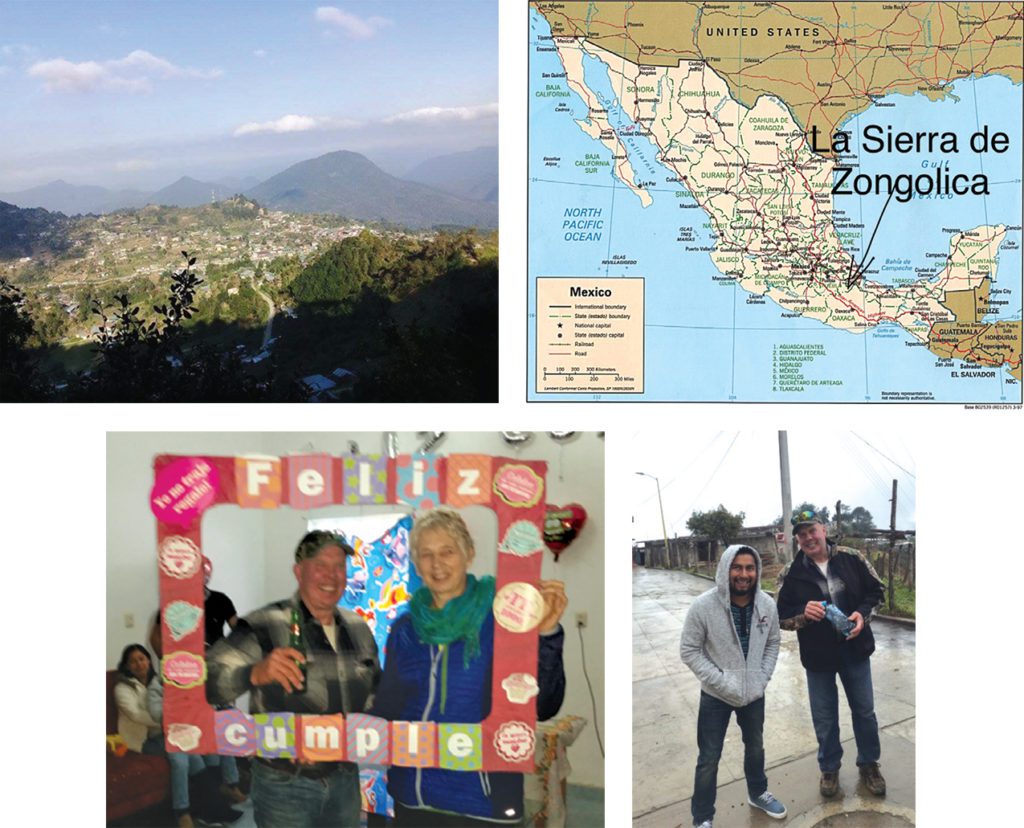
Photos courtesy Puentes/Bridges.
In fact, it was just a year ago that he took a different trip – this time to that region in Mexico. He visited one of his former employees, Adrian, and Adrian’s family.
Mike and Kris own and run a second-generation dairy farm, Ingvalson Hilltop Farms, in the southeastern Minnesota town of Caledonia. They’re one of roughly 15 farms in western Wisconsin and southeastern Minnesota involved in Puentes/Bridges, a nonprofit that organizes annual trips to Mexico to bridge the cultural gap between farmers and their immigrant employees. By allowing dairy farmers to meet the wives, parents, and children of their employees, connections between the two cultures are formed. This often results in employee longevity and productivity.
Puentes/Bridges is based out of Fountain City, Wisconsin, a small town perched on the Mississippi about 40 miles north of La Crosse. Puentes is the Spanish word for bridges, and, living up to its name, the non-profit is all about building cultural bridges.
Puentes/Bridges founder, Shaun Duvall, originally started the program in the late 1990s to help ease the language barrier between dairy farmers and their employees. At the time, she was a Spanish teacher in western Wisconsin. She is thrilled that the program has continued on, and transformed into one that’s not just closing the language gap, but building lasting relationships between farmers and employees.
“It’s not rocket science,” the now-retired teacher and former Puentes/Bridges director says. “These workers want what everyone else does: A decent wage for their work and a better life for their families.”
Before hiring employees, Mike handled most of the milking and farm chores by himself – until his three kids got involved with high school activities. He and Kris wanted to be present for each of their games and band concerts. Around that same time, he started milking three times a day.
“I knew how to work with cows, but I was a little scared to work with people,” he says with a chuckle. “But, I knew if I didn’t hire people to help me, I’d miss my kids growing up.”
Though his crew changes, Mike says every hire has exceeded his expectations. In fact, they’ve become like family, strengthened by the fact that all seven men live just yards away from the barn in a house owned by Mike.

So, when Mike and Kris had the opportunity to visit former employee Adrian, they jumped at the chance. When they arrived in the small town of Zongolica, in the southern, mountainous state of Veracruz, four hours east of Mexico City, Mike was stunned. Adrian’s 4,000-square-feet home, meant for several families, was gorgeous both inside and out, he says. The most impressive part? Throughout the 10 years that Adrian worked for Mike, he deliberately and regularly sent money home to his family so they could build that house.
But, what stuck with Mike more than the spacious, beautiful home, was a conversation he had with Adrian’s mother. “I pulled her aside and said, ‘How were you able to let your son leave when he was just a teenager? Weren’t you afraid?’ She told me that yes, she was scared, but she prayed that he would be safe and would connect to a good family.” Mike pauses. “I couldn’t believe the faith she had.”
Puentes/Bridges has allowed Mike to understand the lives and backgrounds of his employees –like Adrian – many of whom are undocumented and under the risk of detention, all for the pursuit for a better life.
Immigrant workers now make up an estimated 51 percent of all dairy workers in the U.S. According to a national survey of dairy farms*, eliminating the immigrant labor force would reduce the U.S. dairy herd by 2.1 million cows. Milk production would decrease by 48 billion pounds – as would the number of dairy farms. This would cause retail milk prices to increase by a whopping 90 percent.
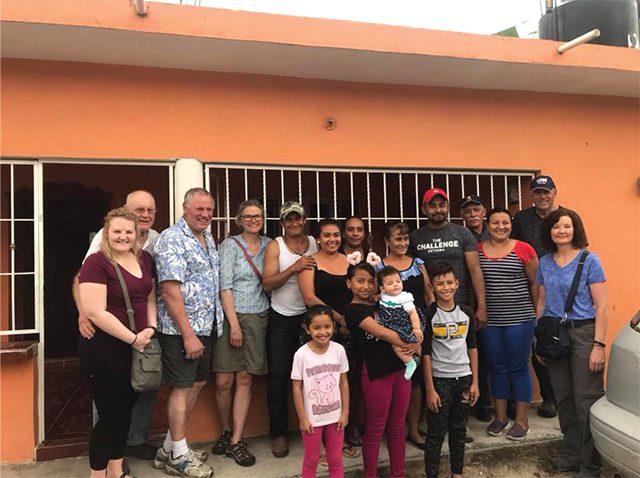
Mercedes Falk, the nonprofit’s current director, recently returned from a trip to Mexico in January 2019. She and eight others – dairy farmers, community members, and one journalist – made the multi-day trek through several villages of Veracruz, meeting families of immigrant workers back home in Wisconsin. Traveling in a 10-passenger van driven by Stan Linder, a dairy farmer from Stockholm, Wisconsin, the group enjoyed meals of tacos and tamales, hot coffee in homemade ceramic mugs, and authentic conversations about life in both Veracruz and the Midwest.
“Spending time with these families is the most important part of the trip,” Mercedes says. “It really helps farmers understand how their employees operate.”
Mercedes worked as a special education teacher in Milwaukee before moving to rural western Wisconsin to work on a farm.
“I became so fascinated with growing food. But, I was disturbed that I didn’t know anything about where it came from,” she says. Eventually, she left teaching and got involved in the local food scene in Milwaukee, working on a small farm and in a restaurant.
“When I moved to Fountain City, there was a huge learning curve,” she says. “But, I became more self-sufficient and confident navigating challenges and finding solutions.”
That’s when the opportunity to lead Puentes/Bridges came up. John Rosenow, another dairy farmer who’s on the nonprofit’s board, and former director Shaun suggested she think about stepping up to the challenge. Now, three years later, Mercedes balances her time visiting various dairy farms where she helps with interpreting needs between farmers and their employees.
Puentes/Bridges’ paradigm of fostering relationships fits so well with dairy farms, like Mike and Kris’ Ingvalson Hilltop Farm, because of their family-owned business models.
“We have found that our stories are not that different,” Mercedes said in a recent interview with Wisconsin Public Radio. “We share similar hopes and dreams. Once people get the chance to know someone who looks different from them, they’re not as hesitant to reach out because they realize there are many more similarities than they would have thought.”
As Mike plans to pass down the farm to the third generation – his daughter and son-in-law – he knows that with help from his employees, the legacy of hard work and integrity will continue.
As for Puentes/Bridges, the journeys to Mexico to meet families of employees will also go on.
“I hope we can continue nurturing these relationships,” Mercedes says. “We share a lot more than we think.”
Passionate about storytelling, Maggie has spent much of her career interviewing fascinating folks and telling their stories. When she’s not writing, she’s sipping an iced vanilla coffee or exploring the Driftless Region with her husband and three small kids.
Learn more about Puentes/Bridges:
www.facebook.com/puentesbridges
www.wpr.org/tags/puentes-bridges
www.jsonline.com – “Wisconsin Dairy Farmers Build Bridges”
progressive.org – “The Houses that Milk Built”
*The Economic Impacts of Immigrant Labor on U.S. Dairy Farms






